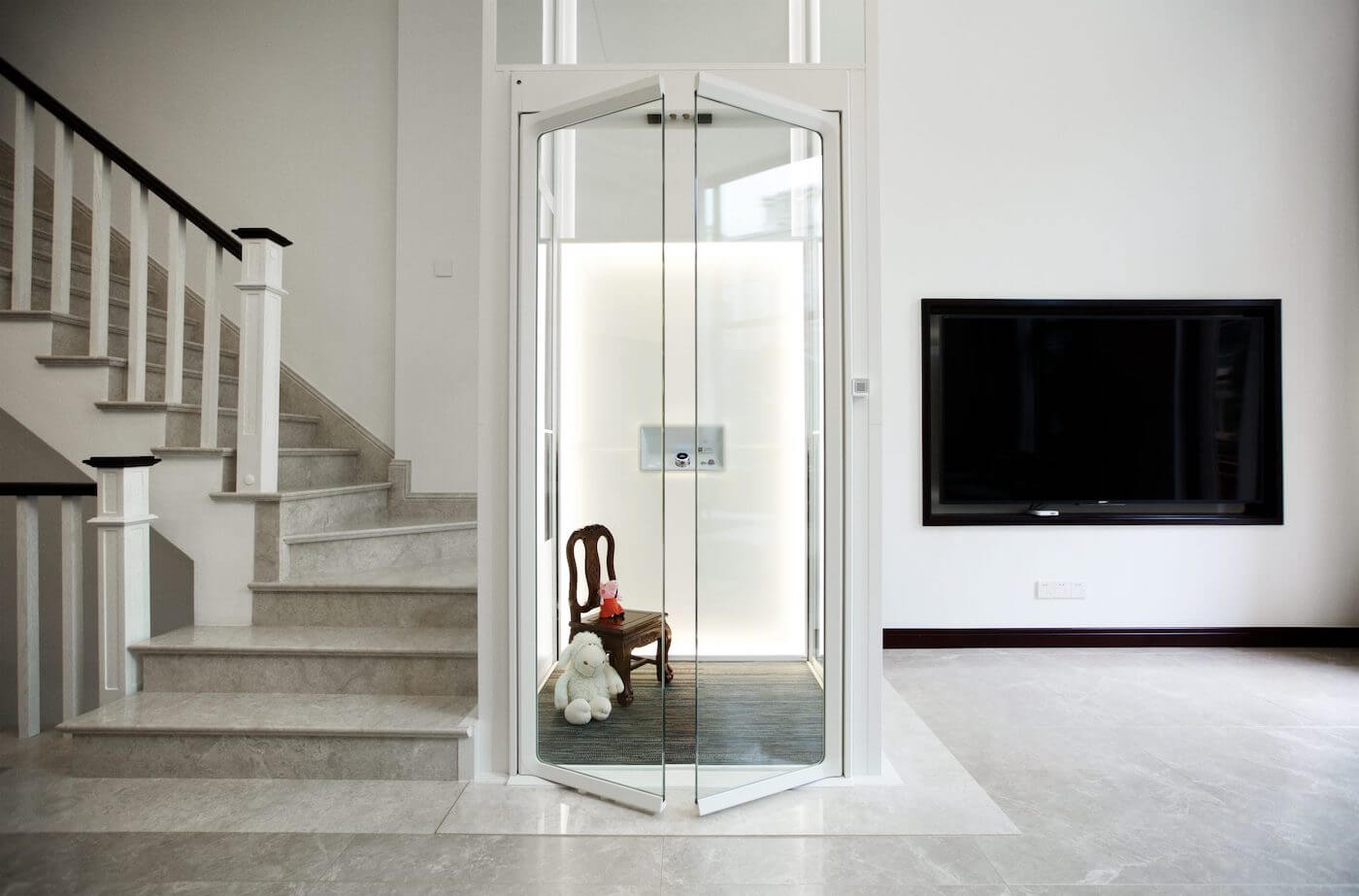We Maintain Lifts with Precision: Ensuring Security and Effectiveness
We Maintain Lifts with Precision: Ensuring Security and Effectiveness
Blog Article
Delving Into the World of Lifts: Typical Problems Faced by Different Lift Devices
As we browse through the vertical transport systems of contemporary buildings, elevators stick out as an important part of our everyday lives. Nonetheless, behind their seamless operation exists a globe of detailed devices that can occasionally encounter difficulties. From hydraulic elevators to grip systems and machine-room-less designs, each lift type comes with its collection of usual concerns. Comprehending these challenges is essential for making sure the smooth functioning of these essential systems. Allow's discover the intricacies that underlie the operation of elevators and the prospective problems that can occur, clarifying the complex web of lift systems.
Hydraulic Lifts
Hydraulic elevators, usually liked for low-rise structures, make use of fluid stress to control the motion of the elevator cars and truck (lift repair companies). This system includes a hydraulic pump pressing oil into a cyndrical tube, causing the lift to relocate in the wanted direction. While hydraulic elevators are understood for their smooth and peaceful operation, they do feature their own collection of common concerns
One common issue with hydraulic elevators is oil leak. In addition, issues with the control system, such as defective shutoffs or a malfunctioning pump, can cause disturbances in the elevator's movement.
Routine upkeep and punctual repair work are vital to make sure the smooth functioning of hydraulic elevators. By resolving these usual concerns proactively, structure proprietors can reduce downtime and ensure the safety and security and effectiveness of their upright transportation system.
Grip Elevators
When thinking about vertical transport systems in buildings, one more typical kind in addition to hydraulic lifts is the traction lift. Grip lifts run utilizing a system of ropes and weights that move the lift vehicle by gripping onto the hoist ropes. This mechanism enables for smoother and much faster vertical transportation compared to hydraulic systems.
Among the usual issues dealt with by traction lifts is rope wear. The consistent motion of the ropes within the grip system can cause tear and wear gradually, potentially creating the elevator to breakdown or become unsafe for usage. Routine examinations and maintenance of the ropes are crucial to make sure the elevator's proper performance and safety.
One more concern that grip elevators may run into is associated with the control system. Issues with the control system can lead to problems such as irregular motion, hold-ups in feedback times, or perhaps complete shutdowns. Regular testing and upkeep of the control system are important to stop such concerns and make sure the lift's integrity.
Machine-Room-Less (MRL) Elevators

Among the key elements of MRL lifts is the small gearless traction machine that is mounted within the hoistway. This maker effectively drives the lift auto without the requirement for large equipment found in traditional grip elevators. Furthermore, MRL elevators normally use a counterweight system to stabilize the auto, more boosting their power effectiveness.
Regardless of their benefits, MRL elevators might face obstacles associated with maintenance and repair service as a result of the restricted space for tools setup. Accessibility for servicing parts within the shaft can be limited, needing specialized training for specialists. Correct maintenance timetables and regular assessments are crucial to guarantee the blog here continued smooth operation of MRL lifts.
Overloading and Weight Limit Issues
Straining and weight limit problems are essential worries in lift procedures. Elevator manufacturers style raises with certain weight capabilities to ensure traveler security and tools long life.
When lifts are strained, it places excessive stress on the electric motor, wires, and various other components, potentially creating malfunctions or malfunctions. If they find excess weight, safety and security devices such as sensing units and overload sensing units are in place to stop elevators from relocating. Additionally, exceeding weight limitations can lead to raised power consumption and deterioration on the lift system.
To mitigate straining problems, building supervisors need to plainly present weight limits in elevators and inform passengers on the significance of adhering to these constraints - lift repair companies. Routine upkeep checks by qualified professionals can also help make certain that elevators are running within safe weight parameters. By attending to overloading and weight limit issues proactively, building proprietors can boost elevator safety and security and effectiveness
Electrical System Failures
Exceeding weight restrictions in lifts can not only lead to mechanical problems yet likewise possibly contribute to electric system failures within the lift infrastructure. Electrical system failures are a vital issue in lift operation, as they can trigger unanticipated closures, malfunctions, or even safety hazards.
Furthermore, power surges or variations in the electrical supply can additionally interrupt the elevator's procedure, affecting its efficiency and security. These electric disruptions can damage delicate elevator parts such as control board, circuit boards, or sensing units, bring about system failures. Normal maintenance and assessments are vital to identify and attend to prospective electric issues promptly, making sure the risk-free and reliable operation of lift systems. By adhering to weight restrictions and conducting regular electrical system checks, building proprietors can minimize the risk of electrical failings in elevators.
Conclusion

Hydraulic elevators, commonly preferred for low-rise buildings, use fluid stress to manage the activity of the elevator auto.When taking into consideration upright transport systems in buildings, one more typical type apart from hydraulic elevators is the grip lift. Grip lifts run making use of click reference a system of ropes and weights that move the lift auto by grasping onto the hoist ropes. Unlike standard elevators that need a separate machine area to house the tools, MRL lifts integrate click resources many of the components within the shaft, eliminating the need for a dedicated equipment room.In final thought, elevators encounter common problems such as hydraulic breakdowns, traction system failures, and electric system troubles.
Report this page